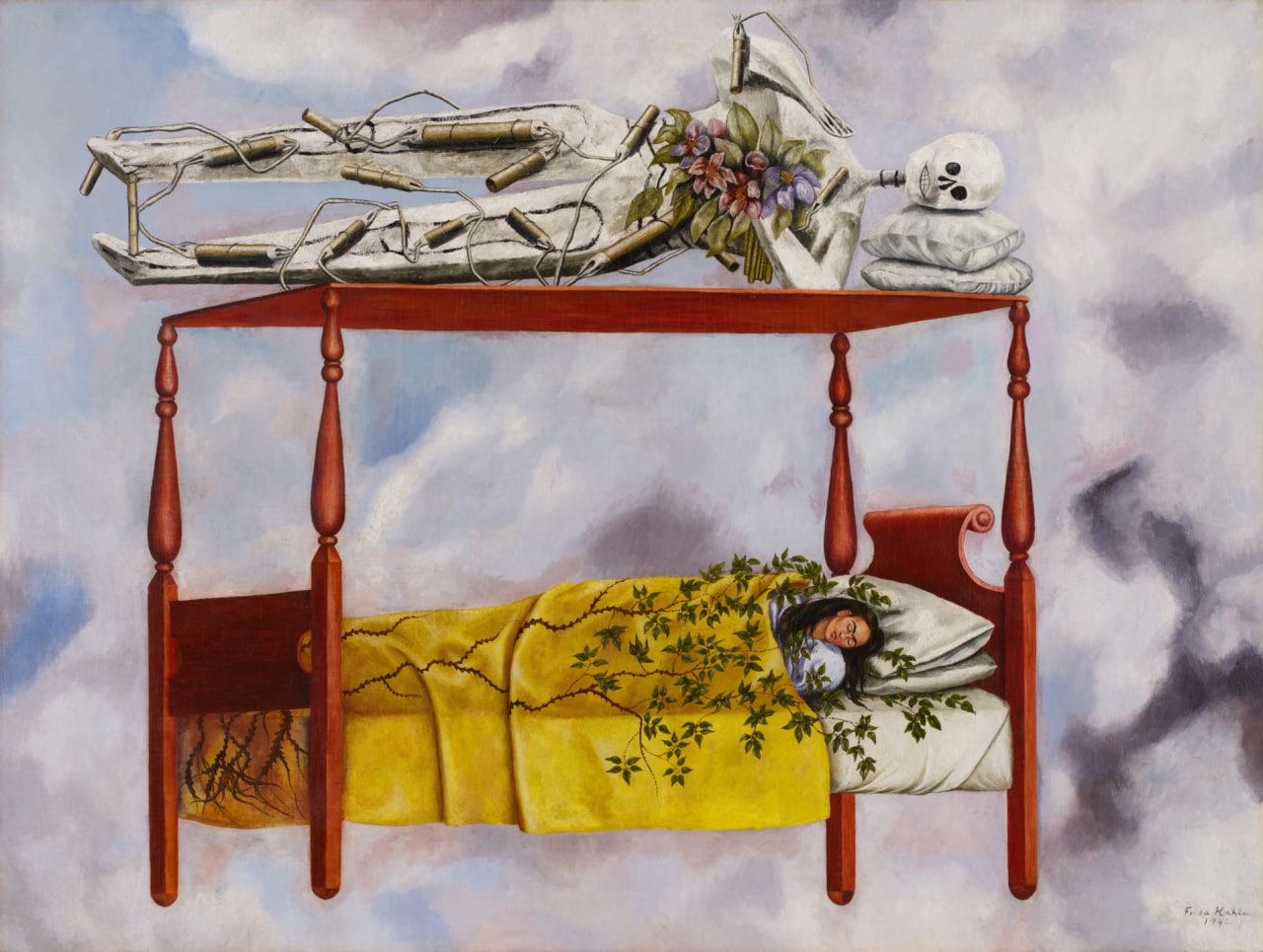Did you know that good drawing and rendering skills will help give you a solid foundation in tone, otherwise known as value? Value is how light or darkness of a color.
For example: If you took a black and white photograph of your painting, the shades of grey would be the different values or tones within the painting.

(“Approaching Shadows” ©2011 Lori McNee)
Value is the lightness or darkness a color or hue.
- In painting, value changes can be achieved by adding either black or white to the chosen color. (see the grey scale chart)
- However, this also reduces the saturation and adds to the dilution of the color. (see the color chart)

Here’s why:
- Value is used to create a focal point within a painting or drawing.
- The human eye is immediately drawn to a light element against a dark element. This creates, the focal point of interest.
- To create the illusion of depth, gradations of value are also used.
- Areas of light and dark give a three-dimensional illusion of form to subject matter.

(©2011 David Leffel)

The above value scale of Denman Ross was introduced in 1907. His value terms set the standard still used today. This scale helps artists understand and identify light, mid-tones and darks more easily.
Value is independent of its hue. This is a fundamental element in the impact of visual art whether abstract or representational.
The above example is a painting “en grisaille” – a painting done entirely in values of grey or another neutral greyish color. Grisaille was sometimes used for underpaintings or for oil sketches. Rubens was noted for this type of painting.
Today, many successful artists believe in keeping a narrow value scale – limiting their composition to approximately 4 values. In this case it seems, less is more and helps create a cohesive and harmonious work.
Below is a contrasting example of the use of values. Whistler used ‘low-key’ values and Monet used ‘high-key’values and achieved dramatically different results.


I hope this helped you better understand how to use value and tone for better painting. ~Lori 
source: artistsnetwork.com







